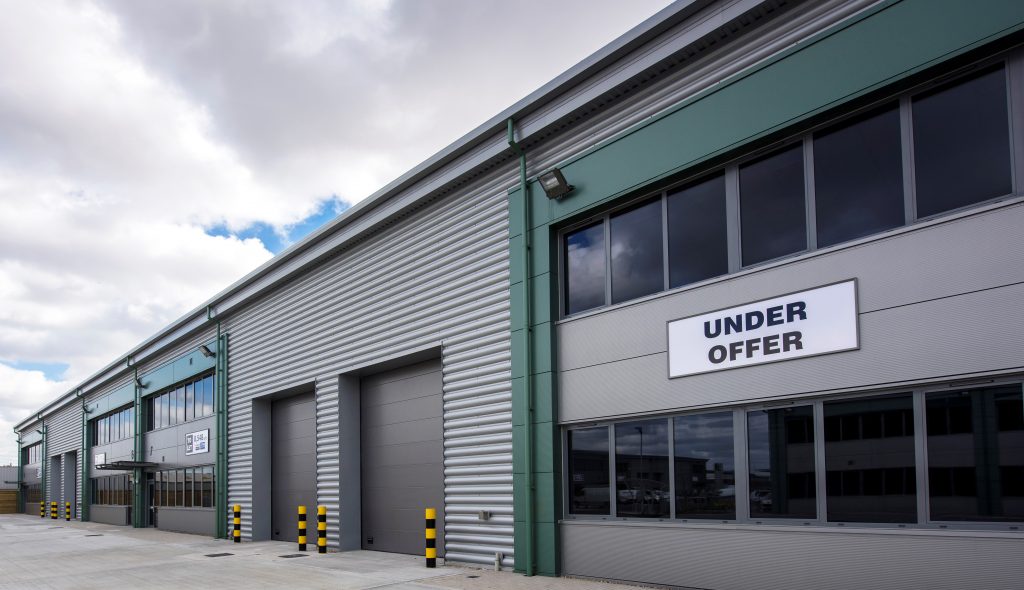We are often asked whether an EPC is required for a shell only development of retail or industrial buildings where the developer is constructing one or a number of units that will be sold or leased as a “shell” with all external walls & roof in place, but no internal fit-out or any fixed building services.
Government guidance on this is very clear:
“In the case of building units that are let as bare structures without services at all, but where they will be fitted out and there is an expectation that energy will be used to condition the indoor climate, an EPC should be provided.
The EPC should be based on the maximum design fit-out specification as used for compliance with Part L of the Building Regulations (in respect of the building’s use class in planning legislation)… …Where insufficient information is supplied (i.e. in this case there are no services installed)… …the most energy intensive fixed services fit-out allowed under Part L will be assumed. Any subsequent fit-out will need to comply with Part L… …The services installed will either be as assumed or more energy efficient if the tenant chooses a more energy efficient specification.”1.

The “shell-only EPC Gap”
We have come across a number of cases where a formal EPC has not been produced on completion of the shell and again an EPC has also not been produced after the fit-out. So there are a number of relatively new buildings throughout the country operating without a current EPC. At this point the only way to produce a valid EPC for these buildings would be to survey them and produce a new EPC based on the current configuration and services installed.
If you find yourself with properties in your control without a current EPC, give us a call and we can arrange for a survey to be carried out to rectify the situation. If you are in possession of construction information we may be able to use this to help to improve the EPC rating.

The images shown are of developments certified by CHB Sustainability with A-rated EPCs produced on completion of the shells.
References:
-
A guide to energy performance certificates for the construction, sale and let of non dwellings - December 2017 - Department for Communities and Local Government - ISBN 978-1-4098-3723-7
